A star formation laboratory

esahubble_heic1109a May 12th, 2011
Credit: NASA, ESA and the Hubble Heritage Team (STScI/AURA)-ESA/Hubble Collaboration. Acknowledgment: R. O’Connell (University of Virginia) and the WFC3 Scientific Oversight Committee
Galaxy NGC 4214, pictured here in an image from the NASA/ESA Hubble Space Telescopes newest camera, is an ideal location to study star formation and evolution. Dominating much of the galaxy is a huge glowing cloud of hydrogen gas in which new stars are being born. A heart-shaped hollow possibly galaxy NGC 4214s most eye-catching feature can be seen at the centre of this. Inside this cavity lies a large cluster of massive, young stars ranging in temperature from 10 000 to 50 000 degrees Celsius. Their strong stellar winds are responsible for the creation of this bubble. These features have the effect of stemming any further star formation due to the subsequent lack of gas.
Provider: Hubble Space Telescope | ESA
Image Source: https://www.spacetelescope.org/images/heic1109a/
Curator: ESA/Hubble, Garching bei München, Germany
Image Use Policy: Creative Commons Attribution 4.0 International License
 Color Mapping
Color Mapping
| Telescope | Spectral Band | Wavelength | |
|---|---|---|---|

|
Hubble (WFC3) | Ultraviolet (UV) | 225.0 nm |

|
Hubble (WFC3) | Ultraviolet (U) | 336.0 nm |

|
Hubble (WFC3) | Optical (B) | 487.0 nm |

|
Hubble (WFC3) | Optical (H-beta) | 487.0 nm |

|
Hubble (WFC3) | Optical (Oiii) | 502.0 nm |

|
Hubble (WFC3) | Optical (V) | 547.0 nm |

|
Hubble (WFC3) | Optical (H-alpha + Nii) | 657.0 nm |

|
Hubble (WFC3) | Infrared (I) | 814.0 nm |










- ID
- heic1109a
- Subject Category
- C.5.2.2
- Subject Name
- NGC 4214
- Credits
- NASA, ESA and the Hubble Heritage Team (STScI/AURA)-ESA/Hubble Collaboration. Acknowledgment: R. O’Connell (University of Virginia) and the WFC3 Scientific Oversight Committee
- Release Date
- 2011-05-12T15:00:00
- Lightyears
- Redshift
- Reference Url
- https://www.spacetelescope.org/images/heic1109a/
- Type
- Observation
- Image Quality
- Distance Notes
- Facility
- Hubble Space Telescope, Hubble Space Telescope, Hubble Space Telescope, Hubble Space Telescope, Hubble Space Telescope, Hubble Space Telescope, Hubble Space Telescope, Hubble Space Telescope
- Instrument
- WFC3, WFC3, WFC3, WFC3, WFC3, WFC3, WFC3, WFC3
- Color Assignment
- Blue, Blue, Blue, Blue, Green, Green, Red, Red
- Band
- Ultraviolet, Ultraviolet, Optical, Optical, Optical, Optical, Optical, Infrared
- Bandpass
- UV, U, B, H-beta, Oiii, V, H-alpha + Nii, I
- Central Wavelength
- 225, 336, 487, 487, 502, 547, 657, 814
- Start Time
- Integration Time
- Dataset ID
- Notes
- Coordinate Frame
- ICRS
- Equinox
- J2000
- Reference Value
- 183.913237809, 36.3277484455
- Reference Dimension
- 3848.0, 3273.0
- Reference Pixel
- 1924.0, 1636.5
- Scale
- -1.09992824867e-05, 1.09992824867e-05
- Rotation
- -168.41999999999985
- Coordinate System Projection:
- TAN
- Quality
- Full
- FITS Header
- Notes
- Creator (Curator)
- ESA/Hubble
- URL
- http://www.spacetelescope.org/
- Name
- Telephone
- Address
- Karl-Schwarzschild-Strasse 2
- City
- Garching bei München
- State/Province
- Postal Code
- D-85748
- Country
- Germany
- Rights
- Creative Commons Attribution 4.0 International License
- Publisher
- ESA/Hubble
- Publisher ID
- esahubble
- Resource ID
- heic1109a
- Resource URL
- http://www.spacetelescope.org/static/archives/images/original/heic1109a.tif
- Related Resources
- Metadata Date
- 2019-10-07T11:40:29.806659
- Metadata Version
- 1.1
Detailed color mapping information coming soon...






